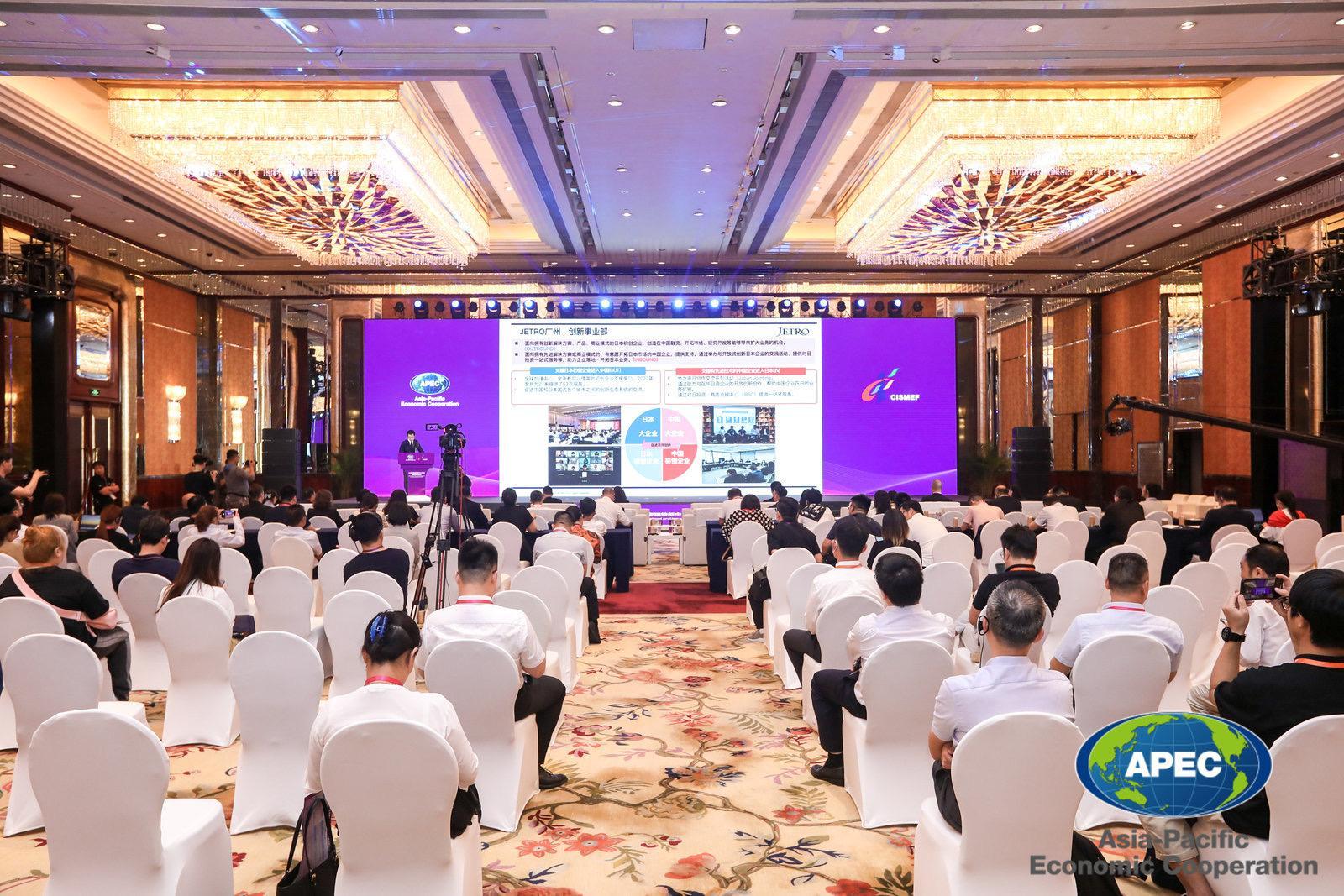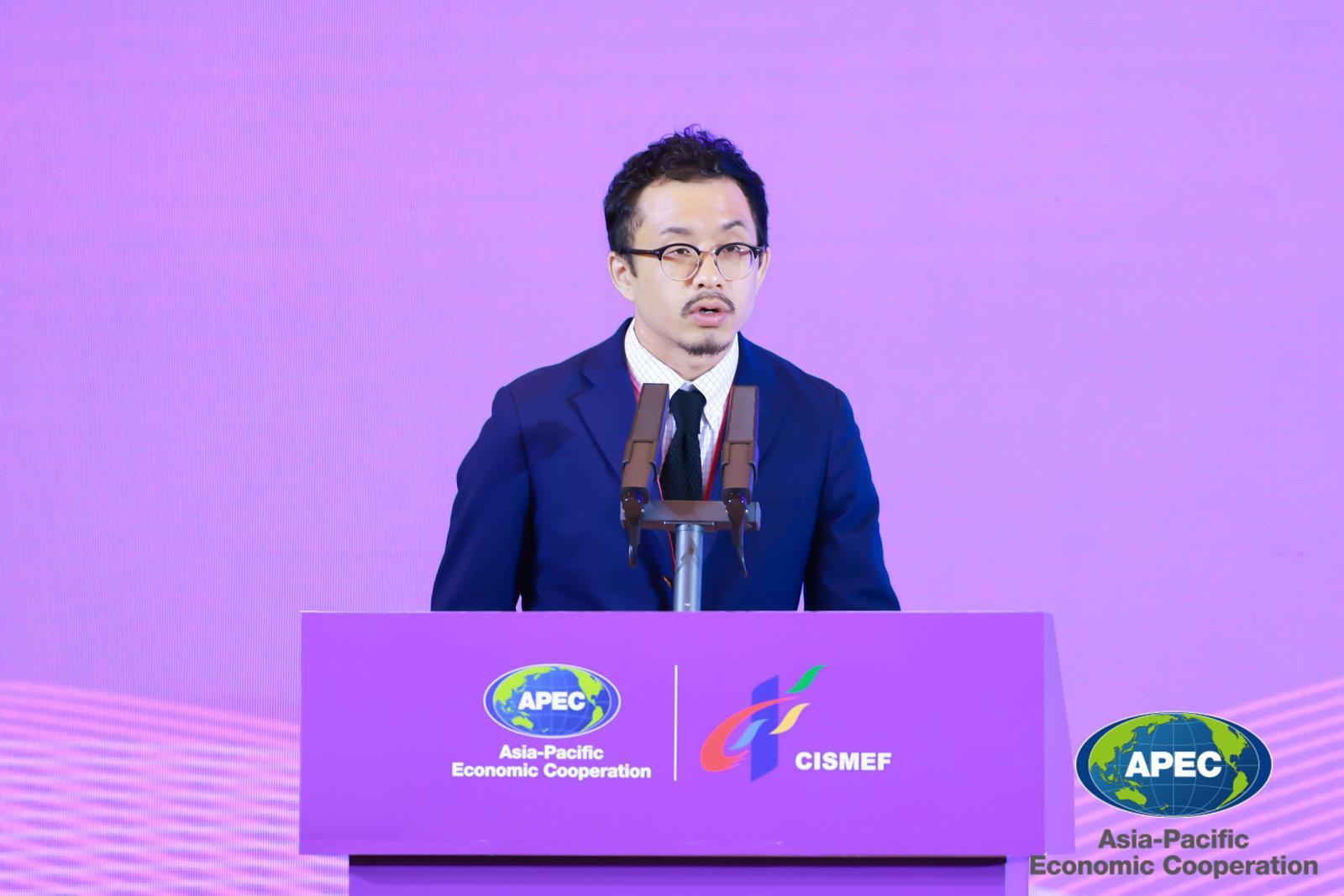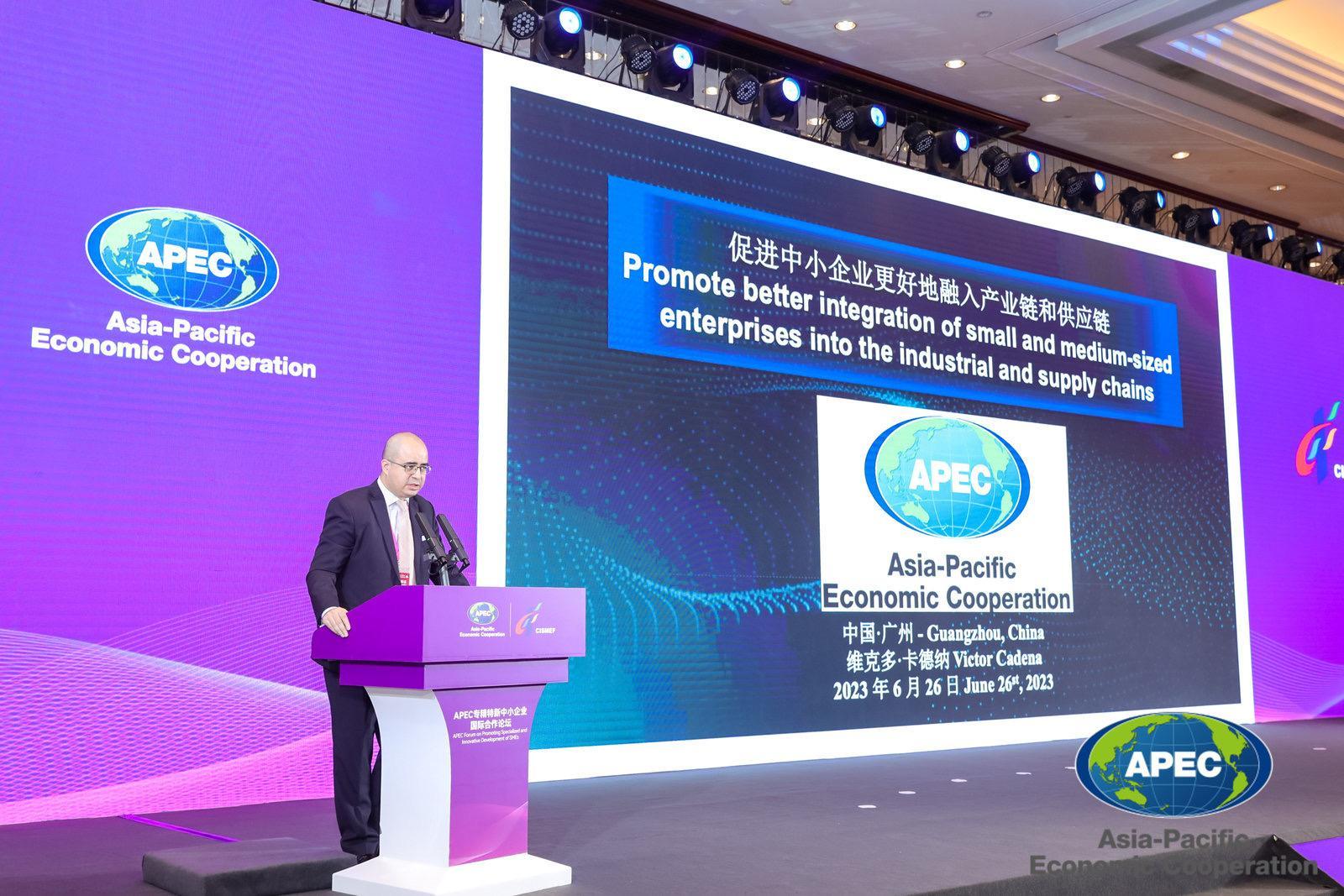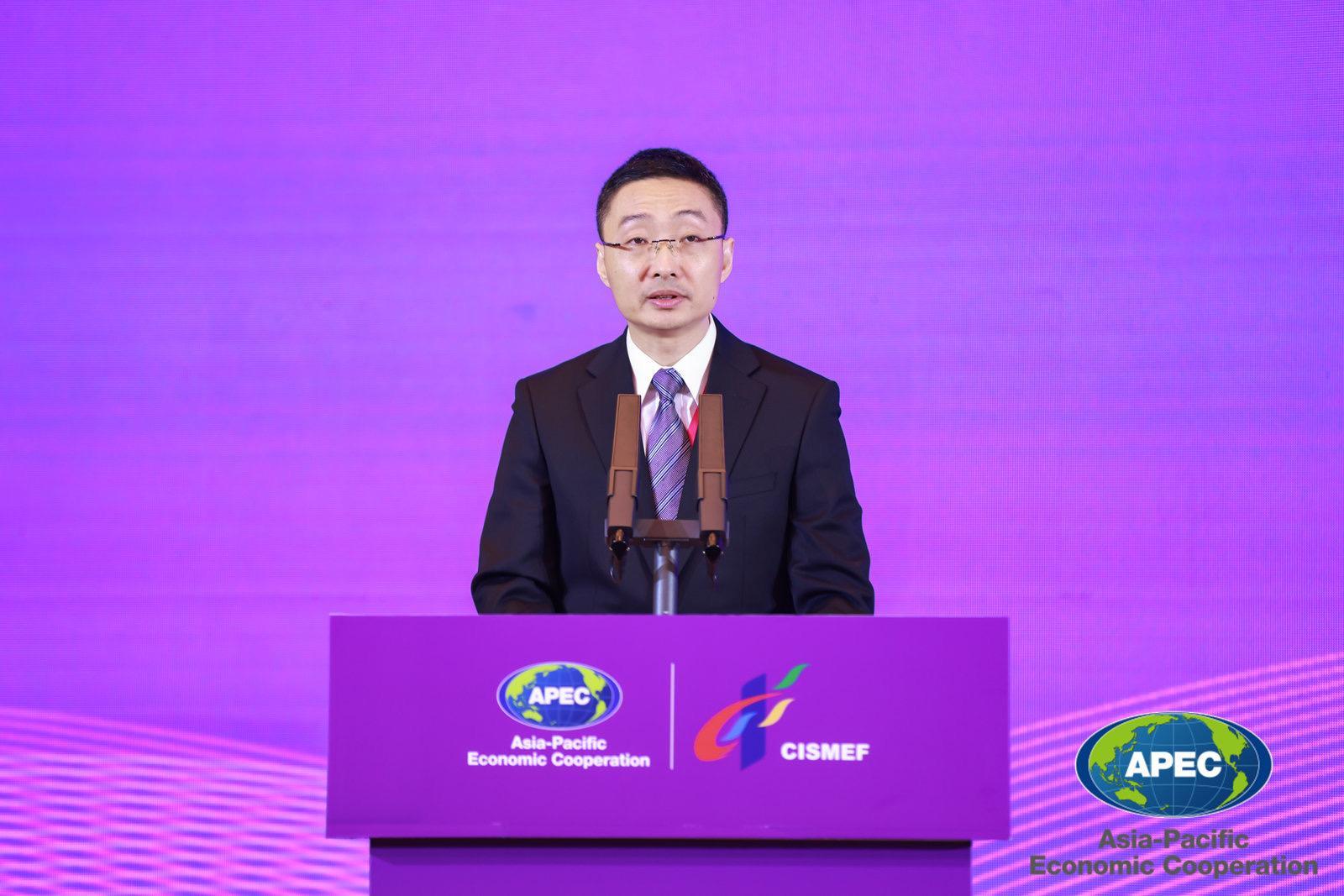
From June 26th to 30th, the 18th China International Small and Medium Enterprises Fair (CISMEF) and the 2nd International Cooperation Summit for Small and Medium Enterprises will be held in Guangzhou, China. The summit consisted of one main forum, one parallel forum, six sub-forums, and six themed activities. It aims to interpret policies, release reports, sign cooperation agreements, and generate achievements, providing a platform for small and medium-sized enterprises from around the world to showcase, trade, communicate, and collaborate.
The current focus lies on enhancing the resilience of industrial and supply chains and strengthening international industrial cooperation among different countries. During the "International Cooperation Forum on Industrial Chains for Small and Medium-sized Enterprises" held on the afternoon of June 26th, guests from both China and other countries shared their opinions.

Mr. Yoshiyuki Ono, Director of the Innovation Promotion Department at the Guangzhou Office of the Japan External Trade Organization (JETRO), pointed out that one prominent feature of Japan's supply chain is the coordinated development of large, medium, and Small enterprises. Small and medium-sized enterprises, located at the base of the pyramid, provide services for large enterprises at the top, collectively creating value. With the rapid iteration of IT technology, the industrial sector is undergoing rapid changes, which profoundly impacts the small and medium-sized enterprises on the chain. They need to enhance their flexible production capacity and actively integrate into internationalized industrial chains.

"There are various types of supply chains between small and medium-sized enterprises and large enterprises, including one-to-one and one-to-many relationships. Most small and medium-sized enterprises are associated with at least one large enterprise, playing a significant connecting role in supporting them," said Victor Cadena, Vice Executive Chairman of the Mexican Commerce of Commerce in China.
Victor Cadena suggested that government departments need to continue providing opportunity information on global supply chain to small and medium-sized enterprises, helping them integrate into the digital economy. "The supply chain of small and medium-sized enterprises is not isolated; it interconnects its upstream and downstream. Innovation and digitalization are the keys to the sustainable development of small and medium-sized enterprises," emphasized Victor Cadena.

According to Shen Li, Deputy General Manager of the Inclusive Finance Division at the Head Office of Bank of China, encouraging, guiding, and promoting the innovative development of supply chain finance to benefit small and medium-sized enterprises is an important measure for facilitating the effective operation of industrial and supply chains.
To date, Bank of China has organized 108 cross-border matchmaking events worldwide, providing financial value-added services of financing and intelligence to over 50,000 enterprises from 126 countries and regions.
中小企业如何增强产业链供应链韧性?海内外大咖有话说
6月26日至30日期间,第十八届中国国际中小企业博览会(以下简称“中博会”)和第二届中小企业国际合作高峰论坛在广州市举办。其中,论坛包括1场主论坛、1场平行论坛、6场分论坛和6场主题活动,并将解读一系列政策、发布一批报告、签约一批合作、形成一批成果,为世界各国中小企业搭建一个展示、交易、交流、合作的平台。
当前,应该如何增强产业链供应链韧性,不同国家之间又如何强化产业合作的?在6月26日下午的“中小企业产业链国际合作论坛”上,来自海内外的多位嘉宾分享了各自的观点。
日本贸易振兴公团(JETRO)广州事务所创新促进部部长小野好树指出,日本的供应链一大特征是大中小企业协同发展,位于金字塔底座的中小企业生产和服务于塔尖的大企业,共同创造价值。随着IT技术迭代,产业端出现快速的变化,也深刻影响了链上的中小企业,它们需要提升柔性生产能力,进一步积极融入国际化的产业链中。
“中小企业与大企业之间供应链存在一对一、一对多等多种类别。大多数中小企业至少与一家大型企业有关联,中小企业在支持大型企业上起到很大的连接作用。”中国墨西哥商会副执行主席维克多·卡德纳表示。
维克多·卡德纳建议,政府部门需要继续向中小企业提供有关全球供应链机遇的信息,帮助企业融入数字经济。“中小企业供应链并不是孤岛,它是上下游相互联系的。创新和数字化是中小企业可持续发展的关键。”维克多·卡德纳表示。
在中国银行总行普惠金融事业部副总经理沈力看来,鼓励、引导和推动供应链金融的创新发展,让金融资源惠及中小企业,是推动产业链供应链有效运作的重要一环。
截至目前,中行已在全球累计举办108场跨境撮合活动,为来自126个国家和地区的5万余家企业提供了融资+融智的金融增值服务。
文|羊城晚报全媒体记者 陈泽云 孙绮曼 孙晶 许张超
图|主办方供图
翻译|刘佳慧
责编|王瑜瑛









